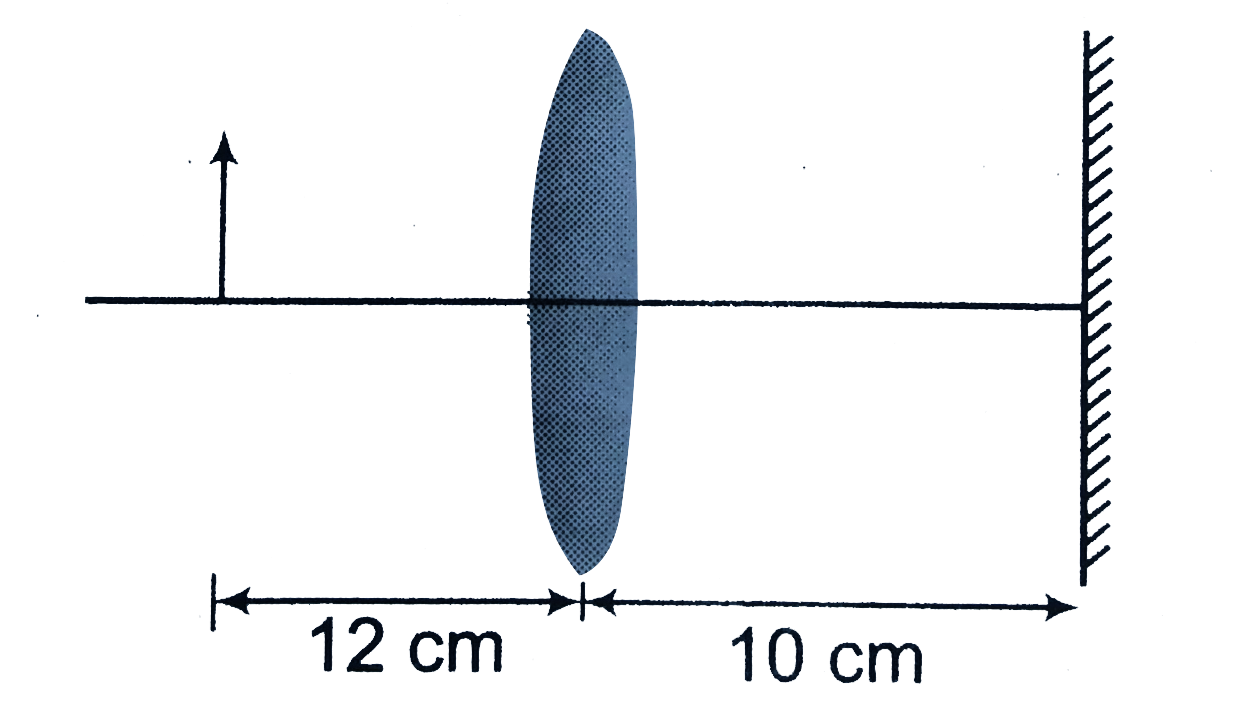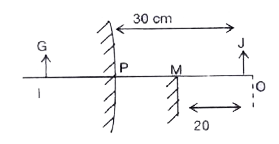How are mirrors arranged in a kaleidoscope?
Perpendicular to each other
Parallel to each other
In triangular shape
In circular shape
The correct Answer is:C
To answer the question of how mirrors are arranged in a kaleidoscope, we can break it down into the following steps:
1. Understanding the Structure: A kaleidoscope is an optical instrument that creates beautiful patterns through the reflection of light. It consists of mirrors and a viewing tube.
2. Number of Mirrors: A typical kaleidoscope uses three mirrors. This is essential for creating the symmetrical patterns that we see.
3. Arrangement of Mirrors: The three mirrors are arranged in a triangular shape. This triangular arrangement is crucial for the functioning of the kaleidoscope.
4. Angles Between Mirrors: Each of the three mirrors is set at an angle of 60 degrees to each other. This means that the mirrors meet at points that form the vertices of an equilateral triangle.
5. Resulting Patterns: When light enters the kaleidoscope, it reflects off these mirrors, creating multiple images and intricate patterns due to the symmetry of the triangular arrangement.
Final Answer:
In summary, mirrors in a kaleidoscope are arranged in a triangular shape, with three mirrors positioned at angles of 60 degrees to each other.
---
In summary, mirrors in a kaleidoscope are arranged in a triangular shape, with three mirrors positioned at angles of 60 degrees to each other.
Topper's Solved these Questions
- LIGHTBook:PEARSON IIT JEE FOUNDATIONChapter:LIGHTExercise:CLASSROOM CORNER (C. Long Answer Type Questions )
Explore 15 Videos
- KINEMATICS Book:PEARSON IIT JEE FOUNDATIONChapter:KINEMATICS Exercise:CONCEPT APPLICATION (Level 3) (Application Based Questions )
Explore 5 Videos
- MAGNETISM Book:PEARSON IIT JEE FOUNDATIONChapter:MAGNETISM Exercise:CONCEPT APPLICATION (Level 3)
Explore 4 Videos
Similar Questions
Knowledge Check
Which of the following phenomena is involved in Kaleidoscope?
ARefractionBReflectionCTotal Internal reflectionDDiffractionAn object, a convex lens of focal length 20cm and a plane mirror are arranged as shown in the figure. How far behind the mirror is the second image formed?
 A30cmB20cmC40cmD50cm
A30cmB20cmC40cmD50cm
A concave mirror and a plane mirror are arranged facing each other and an object AB is placed between them as shown in the figure. What is the distance between the object and its inverted, virtual image formed in plane mirror?
View SolutionPlane mirrors are arranged parallel to each other as shown in column-I and the number of images formed by the combination is in column- II
_E01_090_S01.png)
View SolutionArjun has a kaleidoscope. He wants to increase the number of images his kaleidoscope forms to make it more entertaining. How can he accomplish this?
View SolutionTwo plane mirrors are arranged perpendicular to each other . If a light ray is incident at 30∘ on one of the plane mirrors of above arrangement , then find
(a) Angle of reflection at the second plane mirror.
(b) Angle of deviation at both the mirrors.
(c) Number of images that we can observe when one plane mirror is rotated by 30∘ towards the other.
View SolutionTwo plane mirrors are arranged perpendicular to each other . If a light ray is incident at 30∘ on one of the plane mirrors of above arrangement , then find
(a) Angle of reflection at the second plane mirror.
(b) Angle of deviation at both the mirrors.
(c) Number of images that we can observe when one plane mirror is rotated by 30∘ towards the other.
View SolutionDescribe the structure of phospholipid. How are they arranged in the cell membrane ?
View Solution
